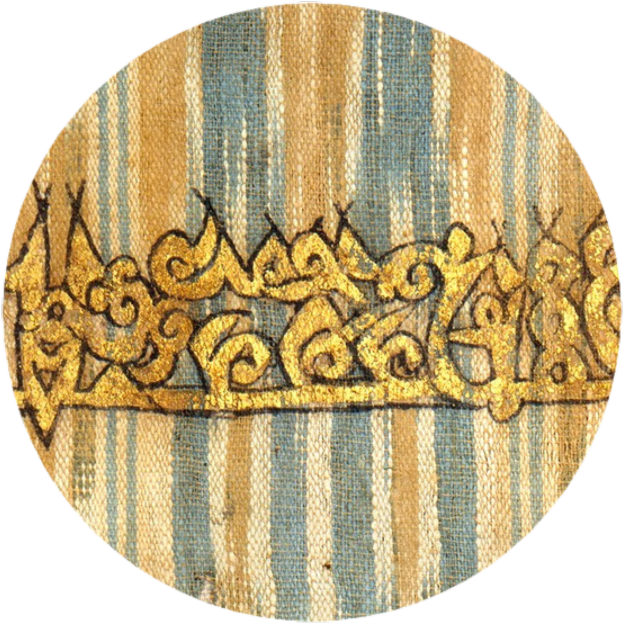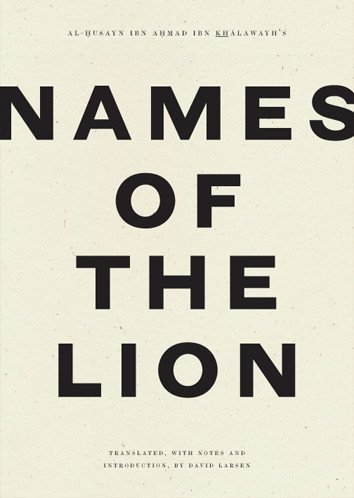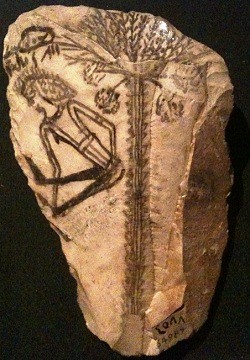...that al-Lahabi said: "Muhammad ibn al-Mukandar related that according to Jabir ibn 'Abd Allah, the Prophet (God's blessings and peace be upon him) ordered his followers to keep a white rooster." But al-Bayhaqi says this chain of transmission is to be rejected, being related by al-Lahabi only, and that a similar tradition with a discontinuous chain of transmission is also related. Al-Bayhaqi goes on to report that Abu Ahmad 'Abd Allah ibn Muhammad ibn [al-]Hasan al-Mahrajani related on the authority of Abu Bakr Muhammad ibn Muhammad ibn Isma'il that on the authority of Yahya ibn Yahya, Ibrahim ibn 'Ali al-Dhuhli said: "
In his Middle Compilation, al-Tabarani says that Ahmad ibn 'Ali al-Abar related on the authority of Mu'al[lal that] Muhammad b. Mihsan heard from Ibrahim ibn Abi 'Abla that Anas ibn Malik said: "The Prophet, God's blessings and peace be upon him, said: 'Take for yourselves a white rooster, for no devil nor any sorcerer will approach a house with a rooster in it, nor the houses surrounding it.' " And in the collection entitled al-Firdaws, al-Daylami says: "We are informed by Abu Talib al-Husayn that Mansur [ibn Wamish] heard Yusuf ibn ['Umar] ibn Masrur say:
Al-Bukhari and Muslim narrate on Masruq's authority that he asked 'A'isha: "At what times did the Prophet pray, God’s blessings and peace be upon him?" She said: "Whenever he heard al-sārikh, he would stand up and pray.” Al-Nawawi said: "The consensus of the learned is that al-sārikh here means the rooster, so called by the frequency of its crowing at night." And Ibn 'Adiyy relates on the authority of Ibn 'Umar that the Prophet (God’s blessings and peace be upon him) forbade castration of the rooster, along with the goat and the horse.
Abu 'l-Shaykh said: "Ahmad ibn Ruh reported on the authority of Muhammad ibn 'Abd Allah ibn Yazid that al-Fadl ibn Dawud al-Wasiti said: 'I heard 'Abd Allah ibn Salih al-'Ijli enumerate ten [sic] characteristics of the rooster: "Of all birds, it is the most beloved by God, be He exalted and Magnified. Its voice carries the furthest, it is the most jealous, the fiercest in battle, and the most magnanimous. It is best-informed about the times of prayer, and keeps watch over its neighborhood. Of all the birds, it is the best, and mates more frequently than any other." ' And Muhammad ibn Ahmad ibn al-Salt said: 'Wahb ibn Baqiya related on the authority of Khalid that Humayd reported that a man of Muzayna said: "I heard a rooster praising God."'
"Ja'far ibn Ahmad related on the authority of 'Ali ibn Bishr that 'Abd al-Rahim reported that Hammād ibn ['Amr] quoted 'Abd al-Hamīd ibn Yusuf as saying: 'A rooster crowed in the presence of Solomon son of David, blessings and peace be upon them both. He asked: "Do you know what it is saying?" "No," his companions said. "It says: 'Remember God, O heedless ones!" ' And on the authority of Ahmad al-Dawraqi, Ahmad ibn al-Hasan [al-Hadda'] related that Ibrahim ibn 'Abd al-Rahman ibn Mahdi heard from Mujalid ibn 'Ubayd Allah that al-Hasan ibn Dhakwan heard the story from Farqad al-Sabkhi: 'Solomon the son of David (blessings and peace be upon them both) passed by a nightingale that had alighted in a tree, wagging its head and dipping its tail. He said to his companions: "Do you know what this one is saying?" They said: "God and His prophet know best." He said: "It is saying: 'I have eaten half a piece of fruit, so let the world go to its ruin!' " Then he passed by a rooster that was crowing, and said: "Do you know..." ' "
From In Praise of the Rooster by Jalal al-Din al-Suyuti




